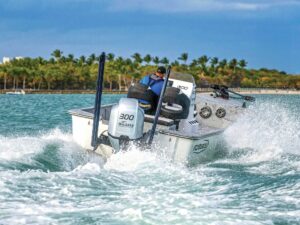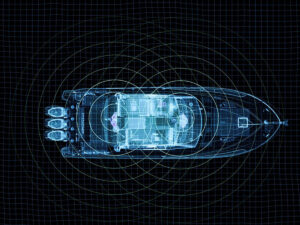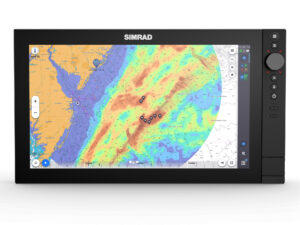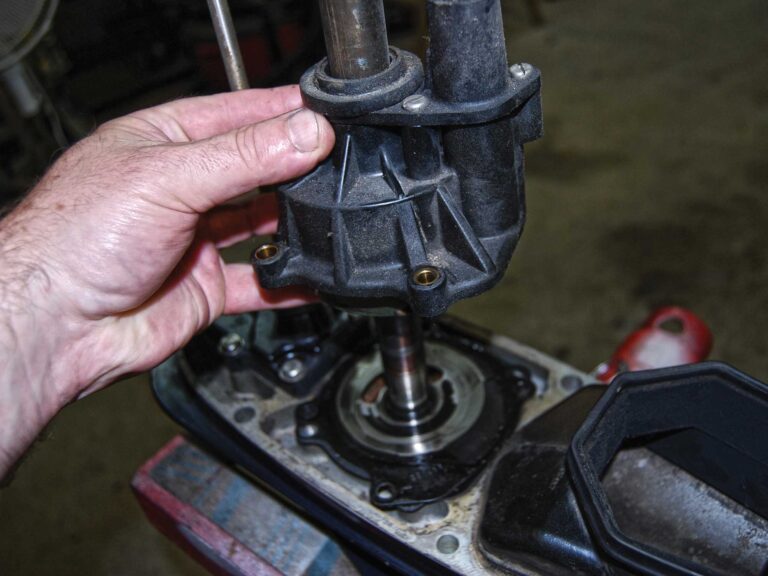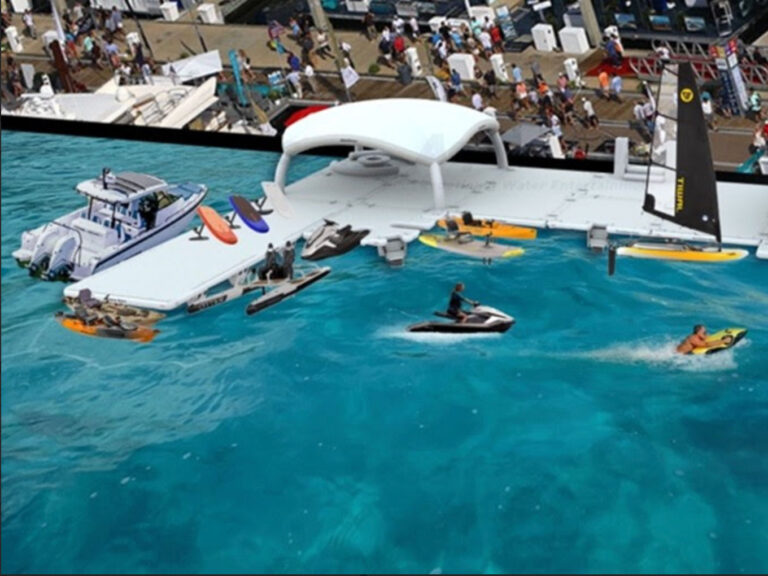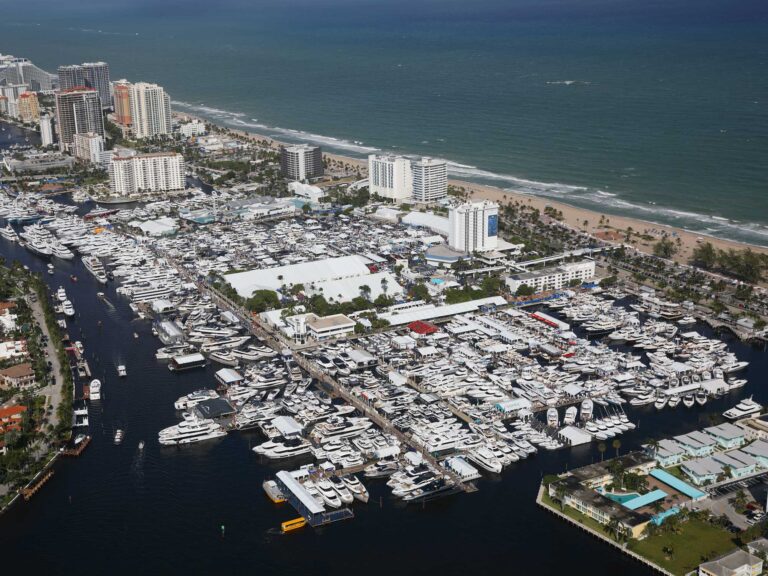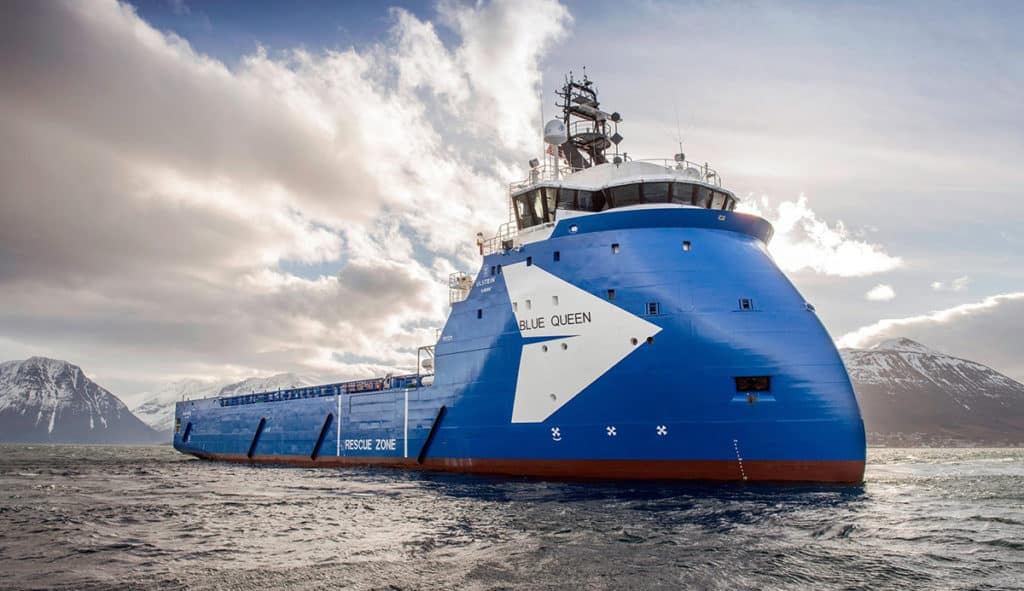
The American boating consumer bears a remarkable psychological profile when it comes to wants and needs.
A cursory glance at the lines of most boats proves that profiles haven’t changed dramatically over the past 60 or so years. Certainly, construction methods such as resin infusion and injection molding have altered business as usual, and ingredients have also changed to include all manner of space-age composites, epoxies, paints, computer mapping for engines that produces vastly greater horsepower from smaller blocks, and so on. Even propulsion has changed with the advent of pod drives and big outboards. But here’s the weird part: Any time a designer or builder introduces a model that looks significantly different, whether it is Euro-styled or functionally clunky, it fails. It doesn’t matter how well the boat performs, the typical boater rejects it because it doesn’t look like what he knows. We, as an enthusiast niche involving boats, are horribly set in our aesthetic ways.
Look at how well multihulls handle heavy seas. When it comes to seakeeping ability, efficiency and performance, the catamaran has a lot going for it, as anyone who happened to catch some of the most recent America’s Cup racing can attest. And yet, to date, production multihulls have enjoyed only moderate acceptance by boaters.
Here are six of the latest hull-design innovations and technologies being used elsewhere in the maritime world that we will likely never accept for our recreational boats — even though they all work well.

Wave-Piercing Hulls
Most accounts cite wave-piercing technology as coming on the scene around the start of the 20th century. However, it has been employed as far back as the times of the Phoenicians and ancient Romans. The design concept consists of a bow with little buoyancy, a hull that slopes inward from the waterline and, ergo, a large reduction in wave-making resistance. While it works well in heavy seas, the drawbacks include reduced interior volume forward and a very wet ride because the waves come up and over the bow as a matter of course. Wave piercers fell out of favor for a period of time due to these same drawbacks but have recently enjoyed a resurgence of popularity because of their dramatic fuel-efficiency gains.

Stepped Hulls
OK, this hull form has achieved a certain level of acceptance in our recreational boats, mostly in performance boats or offshore center consoles. But why isn’t it more popular? The stepped bottom has been around as a V-bottom refinement since at least 1912. Steps are grooves in the hull stretching outward from the keel to the chines. Most hulls sport one or two steps per side. And a vessel should really be capable of cruising in excess of about 30 knots for a stepped hull to be worthwhile. Steps work by allowing air to be “injected” against the running surface, breaking contact between part of the hull and the water, which in effect turns the running surface into numerous short, wide planes, rather than one long, narrow one.
How much the hull surface contacts the water directly determines the amount of drag a hull suffers. Steps (also called vents) decrease the amount of hull contacting the water (called the wetted surface), thereby decreasing drag, increasing speed for the same horsepower, and increasing fuel efficiency. It all sounds good. But steps also come with potential drawbacks. Though modern deep-V designs have enough deadrise to counteract the problem in most cases, stepped hulls have been known to suffer from transom slide in sharp turns at speed. They also require attention to loading and trim because the steps need the proper angle of attack to function correctly; they don’t offer an advantage in flat, calm water; and they require a special trailer.
Most owners of stepped-hull vessels are experienced and want to travel at high speeds in moderate to heavy seas, and/or achieve good economy and range. Yet to date, performance and center console builders aside, only Regal Boats, with its FasTrac hulls, and Formula have committed to using steps in production cruisers and sport boats.
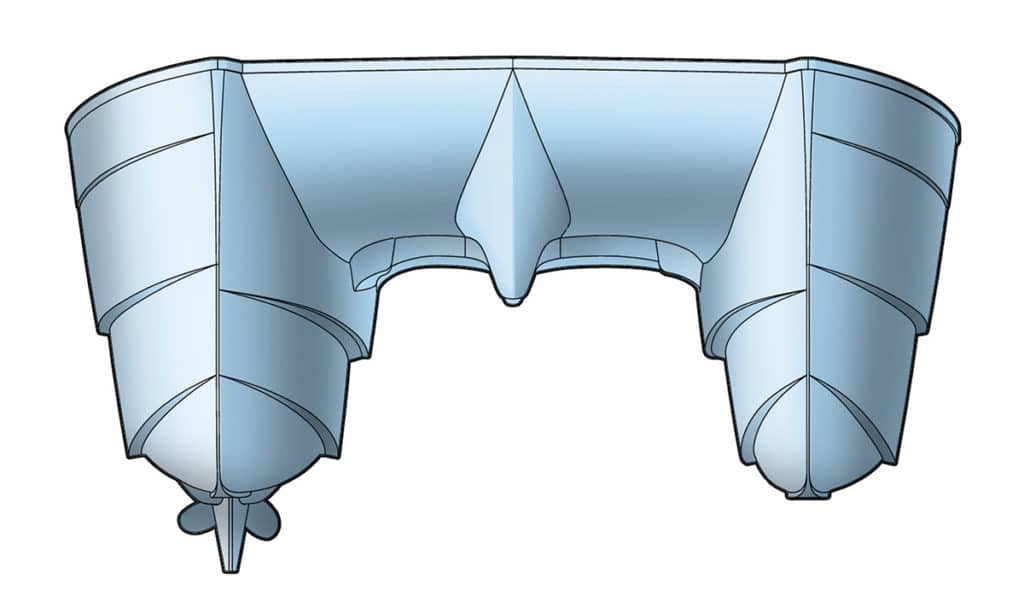
Asymmetrical Twin Hulls
This unique design concept comes from the drawing board of Larry Graf, the pioneer who put power catamarans on the map here in the U.S. when he founded Glacier Bay Boats in 1987. His new company, Aspen Powerboats, employs a cat design where one hull is narrower (35 percent) than the other. His patent calls it a Power Proa, and it relies on a single engine in only the wider of the two hulls. The hull shapes, alignment and placement compensate for the offset propulsion thrust, allowing the vessel to run straight and true. With only one set of running gear in the water, inherent appendage drag is reduced by 20 percent. Combined with the efficiency of the hull designs, overall fuel efficiency of the Aspen rises to an impressive 70 percent over monohulls of comparable size. Aspen won an award for the best 30- to 39-foot catamaran in the world in 2014.

SWATH
A quick glance might lead you to believe that a SWATH (small waterplane area twin hull) vessel is a catamaran. And it is but only to the extent that it has two hulls in the water with a bridge across the top. But that’s where the hulls’ similarities end.
Consider a submarine. Once under the surface, it runs stable, with no roll or pitching from wave action. All that wave energy remains on the sea surface. That basically explains how a SWATH design functions.
If you’ve ever dived under a wave at the beach to avoid being smacked by it, you know that the water beneath the wave is calmer. SWATH minimizes a vessel’s volume where the water meets the air (which is where all the wave energy is at its peak). The bulk of the vessel’s displacement and buoyancy runs beneath the waves, affording amazing stability, even in big seas and at high speeds. Please think of high speeds as a relative term here, as this is not a planing hull. What SWATH does provide, however, are a wide, stable deck and unsurpassed ride quality, especially in rough seas.
Drawbacks to SWATH designs include the fact that each hull must be custom designed. Draft runs deeper than standard hulls (especially planing hulls). The underwater “torpedoes” providing buoyancy must run parallel to the water’s surface, which requires a fairly complex trim-control system. And the underside of the deck must be far enough above the sea surface to avoid waves slamming up into it. Finally, SWATH vessels cost more to design and build than conventional hulls.
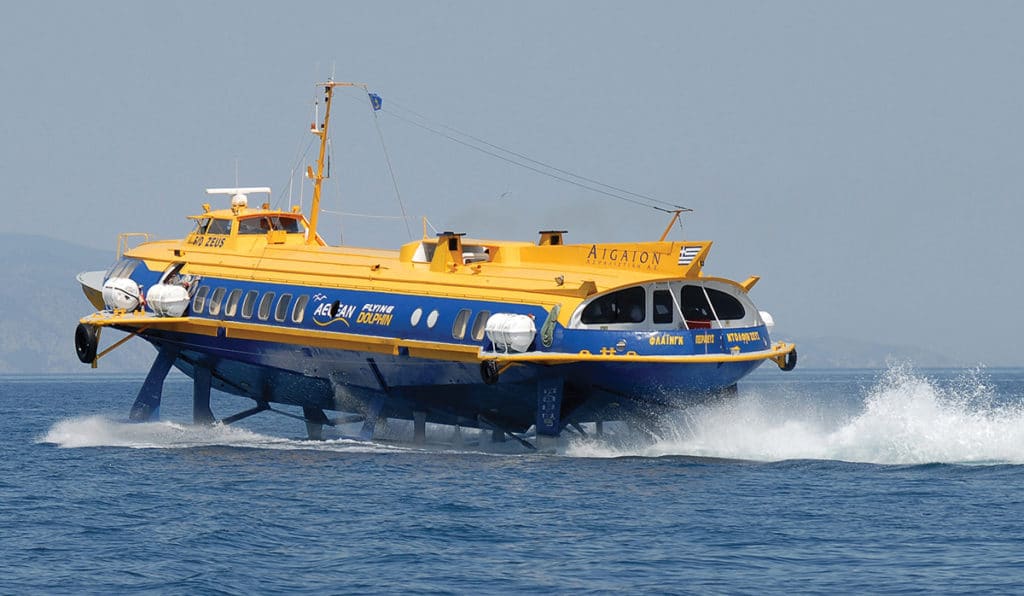
Hydrofoils
Once the strict province of commercial ferries and a few high-speed military vessels, the most recent America’s Cup has spurred hydrofoil acceptance to new heights. Will it catch on with powerboats?
The hydrofoil design acts exactly like an airplane wing, providing more lift than the drag coefficient the vessel produces, thereby lifting the entire hull out of the water. Only the hydrofoils remain in the water, unaffected by surface wave action. In fact, hydrofoils cut inherent resistance to zero while the hull is out of the water. In the case of power-driven boats, you still suffer drag from the propulsion system (prop, shaft or the like).
The most significant disadvantage to this system on recreational boats is definitely the deployment of the foils. Unless you want the added draft of these struts sticking down below your hull all the time, you must be able to extend and withdraw them — a complex engineering feat. There is at least one recreational powerboat employing hydrofoils: Twin Vee builds a catamaran with foils that don’t actually lift the hulls completely out of the water. It does improve fuel economy and ride stability nonetheless. Still, boats ride more smoothly in a sea and go much faster with hydrofoils. With the dramatic acceptance of this technology in sailing, is it only a matter of time before recreational powerboats incorporate foils into their designs?

Ulstein X-Bow
The Norwegian Ulstein Group has been designing offshore vessels since 1917. Presently, it has the notoriety of creating the most advanced bow design in history. The Ulstein X-Bow looks like it might be upside down, but it’s proven itself in more than 100 offshore support vessels to date. The X-Bow allows higher speeds and smoother rides in even the worst seas. Gone are the slamming and vibration that occur when the bow of a ship drops off a wave. It functions better on all points of sea, and its lower hydrodynamic drag substantially decreases fuel consumption. The X-Bow has proven so successful that Ulstein is in the process of creating an X-Stern design now.
You won’t ever see this on small recreational boats, but you can nod knowingly when someone points one out on a mega-yacht in the near future.

